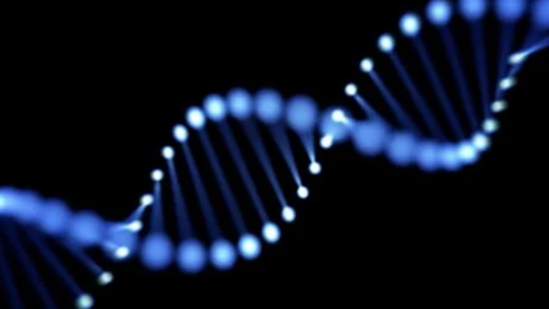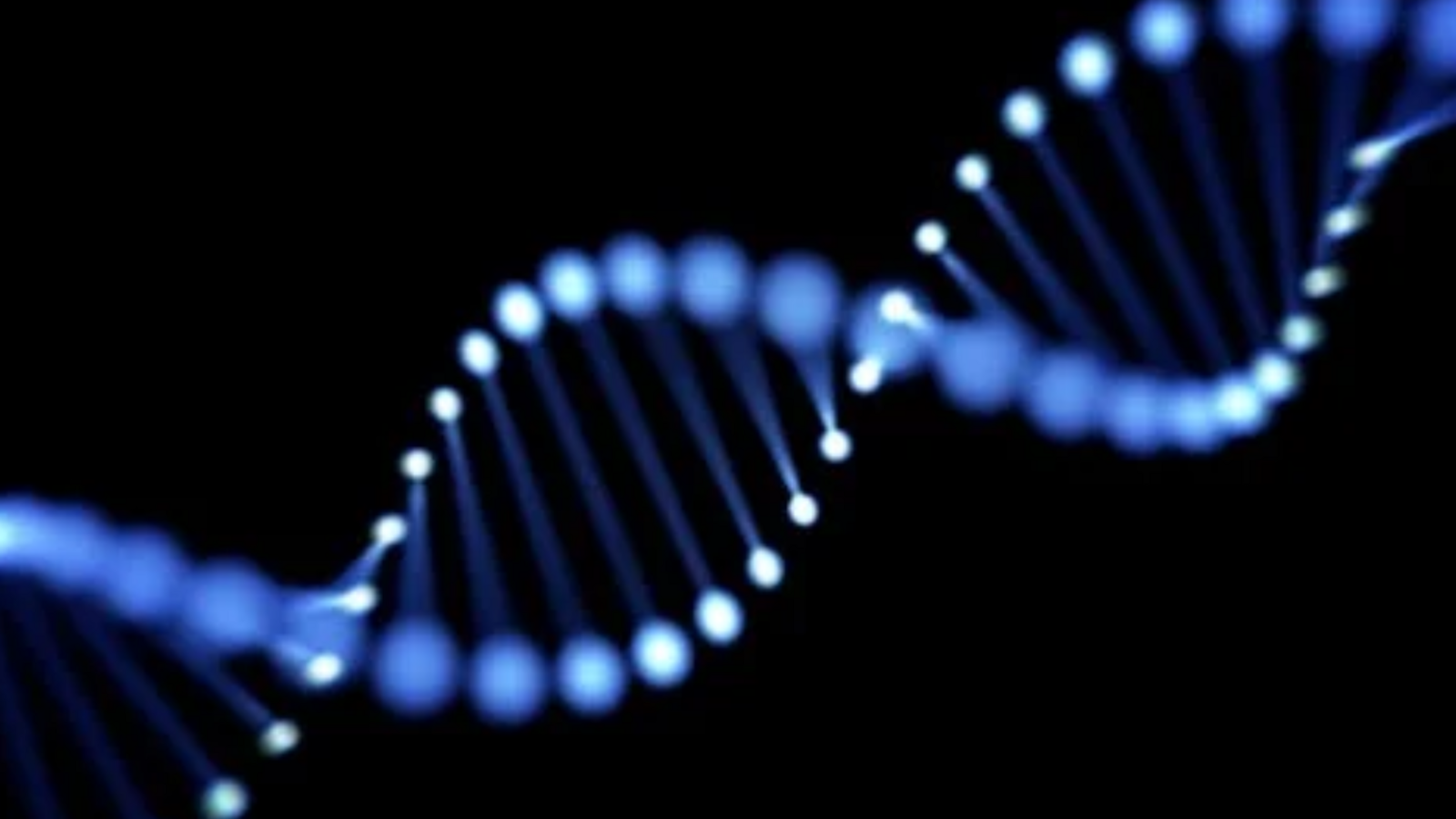More than two decades ago, biologist and geneticist Silvana Santos made a trip to Serrinha dos Pintos, a remote town nestled in the hills of northeastern Brazil. With fewer than 5,000 residents, the town had long been grappling with a baffling medical mystery; many children were losing their ability to walk, and families had no explanation, reported the BBC.
 Spoan syndrome is a genetic mutation that progressively weakens the nervous system.(Pexel)
Spoan syndrome is a genetic mutation that progressively weakens the nervous system.(Pexel)
Santos was initially drawn to the town through her neighbours in São Paulo, many of whom had roots in Serrinha and had married within their extended families. They shared troubling accounts of relatives back home afflicted by an unknown illness. This visit would eventually lead Santos to uncover and name a previously unknown genetic disorder, Spoan syndrome, marking a turning point for the town’s medical and social understanding.
It marked the first time the disease had ever been described globally, and her groundbreaking work later earned her a spot on the BBC’s list of 100 most influential women in 2024.
Spoan syndrome is caused by a genetic mutation that weakens the nervous system over time. The condition only appears when the mutated gene is inherited from both parents. Today, thanks to Santos, locals speak openly about genetics and Spoan.
“She gave us a diagnosis we never had. After the research, help came: people, funding, wheelchairs,” says Marquinhos, one of the patients.
Cousins’ marriage
The discovery began in São Paulo, where Santos lived in a neighbourhood with many people originally from Serrinha dos Pintos. Some were married to cousins and shared concerns about relatives in their hometown who couldn’t walk. One woman, Zirlândia, suffered from involuntary eye movements and eventually lost strength in her limbs, needing constant assistance.
Encouraged by her neighbours, Santos travelled to the town and was struck by what she found: both the natural beauty and the strong presence of interrelated families. Marriage between cousins was common, a result of the town’s geographic isolation and minimal outside migration.
Global studies estimate that about 10% of marriages occur between relatives, but the rate varies by country: over 50% in Pakistan, around 1–4% in Brazil, and less than 1% in places like the US and Russia. Most children of cousin couples are healthy, but the risk of rare genetic disorders increases when both parents carry the same mutation.
“If a couple is unrelated, the chance of having a child with a rare genetic disorder or disability is about 2–3%. For cousins, the risk rises to 5–6% per pregnancy,” says Luzivan Costa Reis, a geneticist at the Federal University of Rio Grande do Sul.
Inter-family marriages
In a 2010 study led by Santos, more than 30% of couples in Serrinha were related, and a third of them had at least one child with a disability.
Determined to find answers, Santos began an in-depth genetic investigation. She frequently drove 2,000 km between São Paulo and Serrinha, collecting DNA samples, speaking with families, and tracing histories over coffee chats. What began as a short research trip turned into years of committed fieldwork.
Her efforts culminated in a 2005 study that officially documented Spoan syndrome, caused by a loss of a small fragment of a chromosome. This defect leads a gene to overproduce a key protein in brain cells, disrupting normal neurological function.
“They said it came from Maximiano, a womaniser in our family,” recalls farmer Lolô, whose daughter Rejane lives with the condition.
Now 83, Lolô still lives in Serrinha and relies on family to care for Rejane. But scientists believe the genetic mutation predates local legends and likely arrived in Brazil over 500 years ago with early European settlers.
“Sequencing studies show strong European ancestry in patients, supporting records of Portuguese, Dutch, and Sephardic Jewish presence in the region,” explains Santos.
Her theory gained further support when two cases of Spoan were identified in Egypt. Genetic analysis linked them to the same European ancestry, possibly tracing the mutation’s origin back to Sephardic Jews or Moors fleeing the Inquisition on the Iberian Peninsula.
Though there is still no cure, Santos’s work has changed lives in Serrinha. Awareness has replaced stigma, and resources like wheelchairs have offered mobility and independence. In the past, people with the condition were often bedridden or left on the floor.
As the disease progresses, patients typically become fully dependent by age 50. This is the case for Inés’s sons, Chiquinho and Marquinhos.
“It’s hard to have a ‘special’ child. We love them the same, but we suffer for them,” says Inés, who is married to her second cousin.
Their niece, Larissa Queiroz, 25, also married a distant cousin. Only after months of dating did she and her husband realise they shared a common ancestor.
“In Serrinha dos Pintos, deep down, we’re all cousins. We’re related to everyone,” Larissa admits.
Also read: How UK is changing visa rules to crack down on immigration, target low-paid workers
Couples like Larissa and Saulo are now part of a new genetic screening initiative backed by Brazil’s Ministry of Health. The project aims to test 5,000 couples for genes linked to serious recessive diseases.
The goal is not to discourage cousin marriages, Santos says, but to equip couples with knowledge about potential risks. Now a university professor, she also runs a genetics education center and advocates for better testing access in northeastern Brazil.
Although she no longer lives in Serrinha dos Pintos, Santos still returns regularly.
“It’s as if Santos is family,” says Inés.
